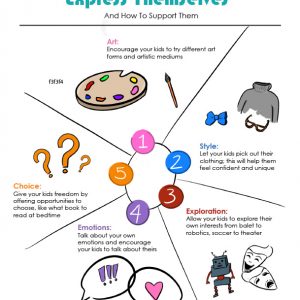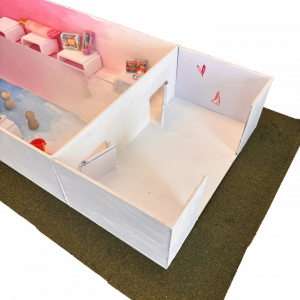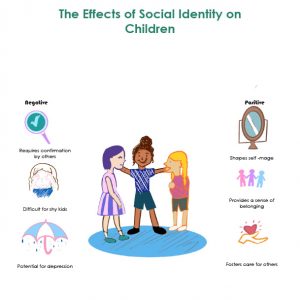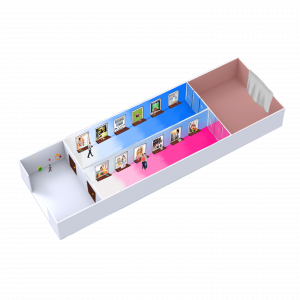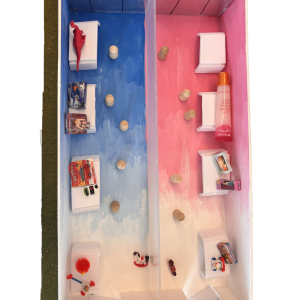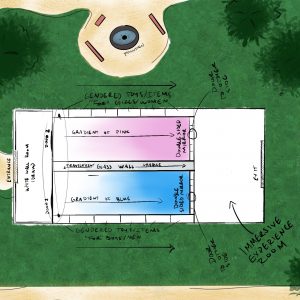Project Title: The Problem with Play…
– A walkthrough of children’s play and the effects it causes throughout life
Designer Bio:
My name is Bek and I’m currently a 5th year industrial design student. In my designs you’ll often see I have a very human centered-psychology based design style. I want to improve the world, even in the smallest ways possible. My love for whimsy paired with my creativity is one of my strong suits in which I create many of my designs.
It’s important to me that I showcase my personality through my designs while simultaneously making a difference, one way or another. I’m very grateful for the time spent here in Syracuse and look forward to what the world has to offer. Our job as the future designer is to create a great change, and I’d like to be a part of that.
Project Description:
Too often, boys and girls have to play with very specific toys and objects as they grow older that correlates to what they appear as. There is very little room to which the cross over exists peacefully, and if there is, it is enforcing the gender stereotype of the hierarchy of men. Girls can be “tomboys,” but if a boy plays with a doll there are serious problems. Initial thoughts would be that the boy is “gay” which first and foremost, is no issue to be concerned of, but to imply a sexual orientation from something as simple as playing with a toy/object that we curated to produce such a social and psychological reaction is beyond ludicrous.
This not only impacts children who do associate with their binary, but challenges children who feel as though they do not. If we let children exist as they want and to become who they are, these binaries are just something to see as an aid in confidence rather than facts that hurt their self confidence. Those who don’t fall into the “normal” binary stereotypes often feel ostracized. The LGBTQA+ has so much aggression held against it, while simply existing, and to impose that ideology onto children as well is to express that there is something “wrong” with them, because society has decided that’s the way of the world. This installation is to show how we start off in free play when we’re very young: finger painting, drawing, etc… The doors represent the unknown path in which you choose your journey down one of the 2 binaries that society has constructed to be so stereotyped.
Once you enter the enclosure you can briefly see the person/group of people on the other side. Once the white paint on each side disappears into their respective gendered colors, so does the visibility to the other side. This represents the steady division of the 2 entities and how it formulates the people we become based off of these binaries. The point of not knowing which one you’re entering is important because it is to make the people feel as though they are not on the right side (if it’s the opposite gender).
Along the walls there are tables to be set up that showcase as time passes things become more prevalent of gendered items and toys reflective of when we age. That uncomfortability is only felt because we as a society have made it so that we have an explicit reaction to color (which has no gender) and items/toys that should not matter to gender. Once you’re at the end of your exhibition side you are met with a set of mirrors, one of which is a door to the other side. On the other side the person walks into an experiential room in which immerses them into the world of why it’s so important to understand that these aggressive stereotypes do not help when children are playing and growing. Playing should be a free experience with no definitions. No matter the gender of the child, they should not feel shackled to any of the above. That’s why free play is so important.
This experience is for anyone, any age, to experience and reflect on how our social constructs take away any sort of freedom.


